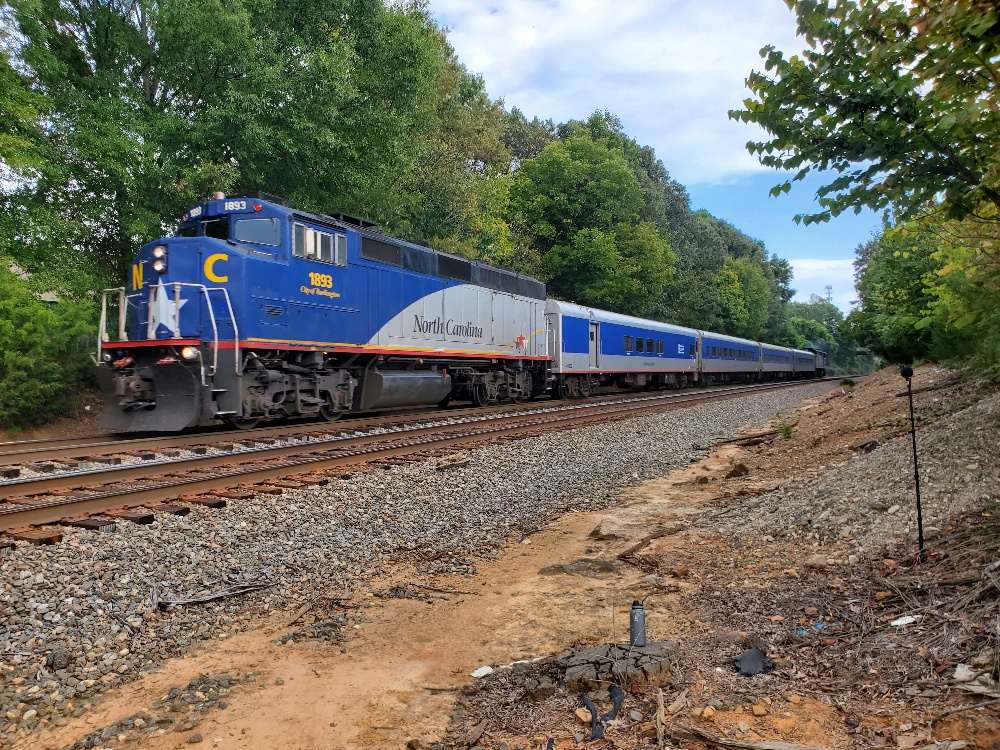With more than three thousand miles of railroad tracks, North Carolina has about two percent of the national total railroad track mile, but its share of trespassing incidents/accidents consistently exceeded that share in most years during the past decade, ranging from two to four percent, while death rates remained above two percent during most year.
Many entities worked together to educate the public, invest in warning devices, and enforce trespassing laws to eliminate preventable death and keep the public safe. However, little research has examined the relationship between sound propagation and its effect on rail trespass strikes. Yet studies show that 95% of rail related deaths involve drivers going around warning devices or people walking on railroad tracks.

Sample Microphone Installations
In our effort to assist NCDOT in investigating the relationship between sound propagation and rail trespass strikes, the NCAT team, led by Dr. Rongfang (Rachel) Liu and supported Acoustic Spectrum Acoustics (CSA), Inc., has defined the characteristics of rail noise propagation and assessed the awareness of railroad trespassing laws through literature review and online survey.
The research team has identified a comprehensive list of factors that affect rail noise propagation and selected a key set to be evaluated in field data collection and acoustic models. Working with the NCDOT Rail Safety staff and Project Steering and Implementation Committee (StIC), the NCAT team has collected field data, generated sound propagation models, tested various scenarios based on factors identified earlier and visualized the sound propagation/decomposition processes.
The research result will not only help engineers to improve safety design and preventive measures but also can be used to educate the public about the dangers of rail trespassing behavior.
